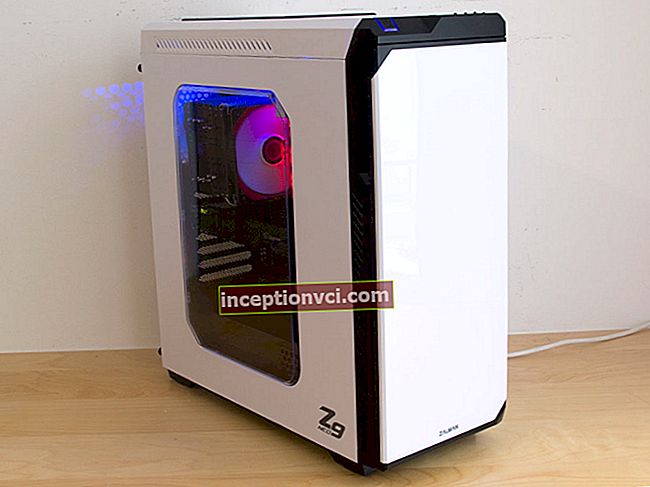
Active acoustics are separate speakers or a monolithic unit with a built-in amplifier. They can be directly connected to a TV, player, computer, and through the USB port, some models connect to a phone or tablet. Passive acoustics - speakers that require an amplifier or receiver. We asked Dmitry Fedorenko, a professional musician and founder of the Kvitnu label, to explain the difference between the first and the second.
“There is no difference. Reputable brands have the same quality of active and passive acoustics. Yes, it was once thought that passive is better, but now all manufacturers of serious acoustic equipment have switched to active. The quality of the amplifiers inside and outside the speakers has become equally high. All the pros have been active for a long time. The manufacturer is important, not the principle, but from the point of view of the legends about the "warm tube sound", someone else considers passive to be the best. " Dmitry Fedorenko
A simple version of acoustics for TV and listening to music

You can choose a quality sound bar by complementing it with a subwoofer. Or buy two medium sized active speakers. Active studio monitors are a good solution. They are powerful enough for a small space and are built for the most accurate sound reproduction. This is enough for the sound to penetrate the bone and be several orders of magnitude better than that of small speakers or a mini-system. The disadvantage of this layout is that the speakers will be located on one side of the viewer. Surround effect will not work.
Difficult option: how to make a home theater
The meaning of home cinemas is not in the loudness with which the explosions will "flatten", but in the volume of the soundstage. The viewer must feel inside the events of the film. For this, the speakers are placed around the seating position, at least 5 pieces and one subwoofer. If it is not possible to purchase the entire set of equipment in one fell swoop, start with the simple two-column option described above. But the highest quality.

Then take the center channel, two more speakers and a subwoofer - you get 5.1. Then you can expand to 7.1 and 11.1, as well as add a second sub, depending on the area of the room and its acoustic characteristics. But you always need to dance from the receiver, since its capabilities determine the sound quality and the number of possible connections. Read more about speaker placement in our home theater article.
How to choose good speakers for technical specifications
It is clear that acoustics should be assessed by ear. However, you should be aware of the parameters that affect the sound quality.
Loudspeaker sensitivity
The higher the better. Simply put, it means the amplitude of the speaker oscillation in response to an incoming electrical signal. By connecting speakers with different sensitivities to one amplifier, you will hear that those with higher sensitivity will sound louder. Therefore, choose acoustics with a parameter of 90 dB and higher.
Frequency range
According to the average statistics, the adult's ear perceives sounds in the frequency range from 16 to 20,000 Hz. Few are able to hear the additional thousands from above. However, they are important: the closer a speaker is to its limit, the more likely it is to distort the sound. A subwoofer with a range below 16 Hz is a moot point. It will shake your stomach, floor, and walls, but not your eardrum.

Number of stripes
Indicates the number of speakers. One speaker is not capable of reproducing the full frequency range, so we need two, or better three.
Maximum continuous electrical power
Indicates how loud your speakers will sound and is measured in watts (W).The key word here is "long-term", as the passport may indicate short-term, or peak power. Continuous Power - The sound your speakers will play for as long as possible without distortion. Speaker wheezing occurs when the amplifier's output power is equal to the speaker's maximum. Therefore, it is correct to choose a system with a power 30% higher than the power of your amplifier. For a room with an area of 25 square meters, speakers with a power of 50 to 100 watts are enough.
Housing
Never take speakers that are too small, even for a small room. In a loudspeaker system, the resonance properties of the cabinet are very important. The smaller it is, the worse the speaker reproduces low frequencies. Especially if it is made of plastic. High quality acoustics are made of wood veneer.
Read: "How to Choose a Synthesizer: A Beginner's Guide"
To test the acoustics, burn a laser disc with your favorite music in the highest quality possible. In the store, require that the amplifier from which the sound will be supplied does not have a multi-band equalizer, only tone controls.









